When we mourn for sin because God is offended by it, and abstain from sin because of his honour, that we may not wrong him, or grieve him, it is more pleasing to him than burnt offerings and sacrifices.
Philip Henry in J. B. Williams, ed. The Lives of Philip and Matthew Henry, 21.

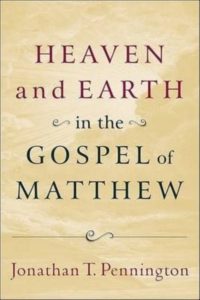 Pennington challenges the commonly accepted idea that in Matthew’s phrase “kingdom of heaven,” “heaven” stands as a reverential circumlocution for God. He notes that though this view is commonly stated in virtually all commentaries on Matthew, it rests on a single article by Gustaf Dalman, which is methodologically problematic. It is difficult to establish from contemporary writings that the Jews consistently or widely adopted reverential circumlocutions for God.
Pennington challenges the commonly accepted idea that in Matthew’s phrase “kingdom of heaven,” “heaven” stands as a reverential circumlocution for God. He notes that though this view is commonly stated in virtually all commentaries on Matthew, it rests on a single article by Gustaf Dalman, which is methodologically problematic. It is difficult to establish from contemporary writings that the Jews consistently or widely adopted reverential circumlocutions for God.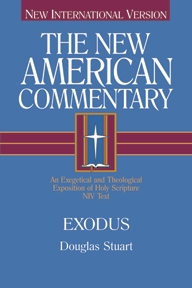 Stuart, Douglas K.
Stuart, Douglas K. 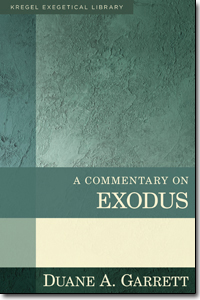
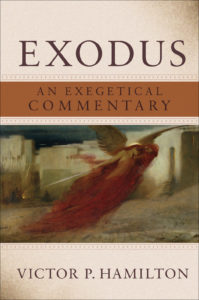 Hamilton, Victor P.
Hamilton, Victor P. 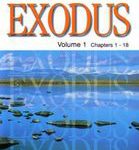
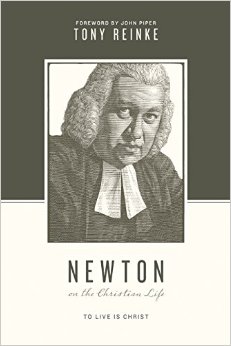 A simple desire to please God, to walk by the rule of his word, and to do all to his glory; like the famed philosopher’s stone, turns all the gold, consecrates the actions of common life, and makes everything that belongs to our situation in duty in civil in domestic life is part of our religion. When she is making our mending the children’s clothes, or teaching them, and when her maid (if serious) is cleaning the kitchen, or making a sauce, they may be as well employed, as when they are upon their knees or at the Lord’s Table. It is an unpleasant mistake to think all the time as lost which is not spent in reading, or hearing sermons, or prayer. These are properly called means of grace; they should be attended to in their proper season; but the fruits of grace are to appear in our common daily course of conduct. It would be wrong to neglect the house of God; it would be equally wrong to neglect the prudent management of her own house. It is chiefly as a mother in mistress of a family, that she can let her light shine to his praise. I would not have her think that she should serve the Lord better in any other station, than in the one to which his providence has placed her. I know that family cares are apt to encroach too much, but perhaps we should be worse off without them.
A simple desire to please God, to walk by the rule of his word, and to do all to his glory; like the famed philosopher’s stone, turns all the gold, consecrates the actions of common life, and makes everything that belongs to our situation in duty in civil in domestic life is part of our religion. When she is making our mending the children’s clothes, or teaching them, and when her maid (if serious) is cleaning the kitchen, or making a sauce, they may be as well employed, as when they are upon their knees or at the Lord’s Table. It is an unpleasant mistake to think all the time as lost which is not spent in reading, or hearing sermons, or prayer. These are properly called means of grace; they should be attended to in their proper season; but the fruits of grace are to appear in our common daily course of conduct. It would be wrong to neglect the house of God; it would be equally wrong to neglect the prudent management of her own house. It is chiefly as a mother in mistress of a family, that she can let her light shine to his praise. I would not have her think that she should serve the Lord better in any other station, than in the one to which his providence has placed her. I know that family cares are apt to encroach too much, but perhaps we should be worse off without them.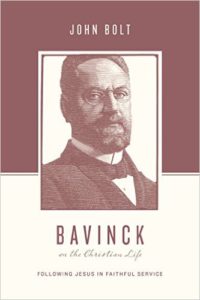 While these nineteenth century Christians [pietists] forgot the world for themselves, we run the danger of losing ourselves in the world. Nowadays we are out to convert the whole world, to conquer all areas of life for Christ. But we often neglect to ask whether we ourselves are truly converted and whether we belong to Christ in life and in death. For this is indeed what life boils down to. We may not banish this question from our personal or church life under the label of pietism or methodism. What does it profit a man if he gains the whole world, even for Christian principles, if he loses his own soul?
While these nineteenth century Christians [pietists] forgot the world for themselves, we run the danger of losing ourselves in the world. Nowadays we are out to convert the whole world, to conquer all areas of life for Christ. But we often neglect to ask whether we ourselves are truly converted and whether we belong to Christ in life and in death. For this is indeed what life boils down to. We may not banish this question from our personal or church life under the label of pietism or methodism. What does it profit a man if he gains the whole world, even for Christian principles, if he loses his own soul?